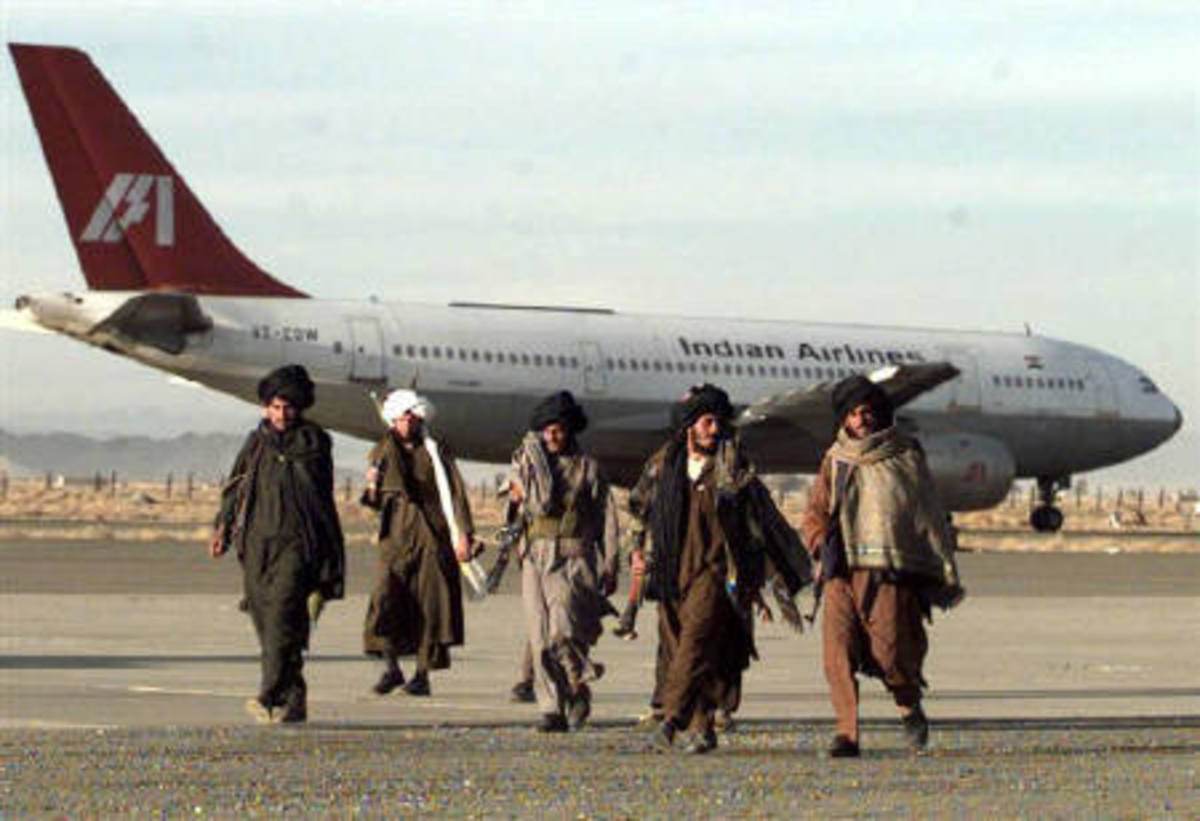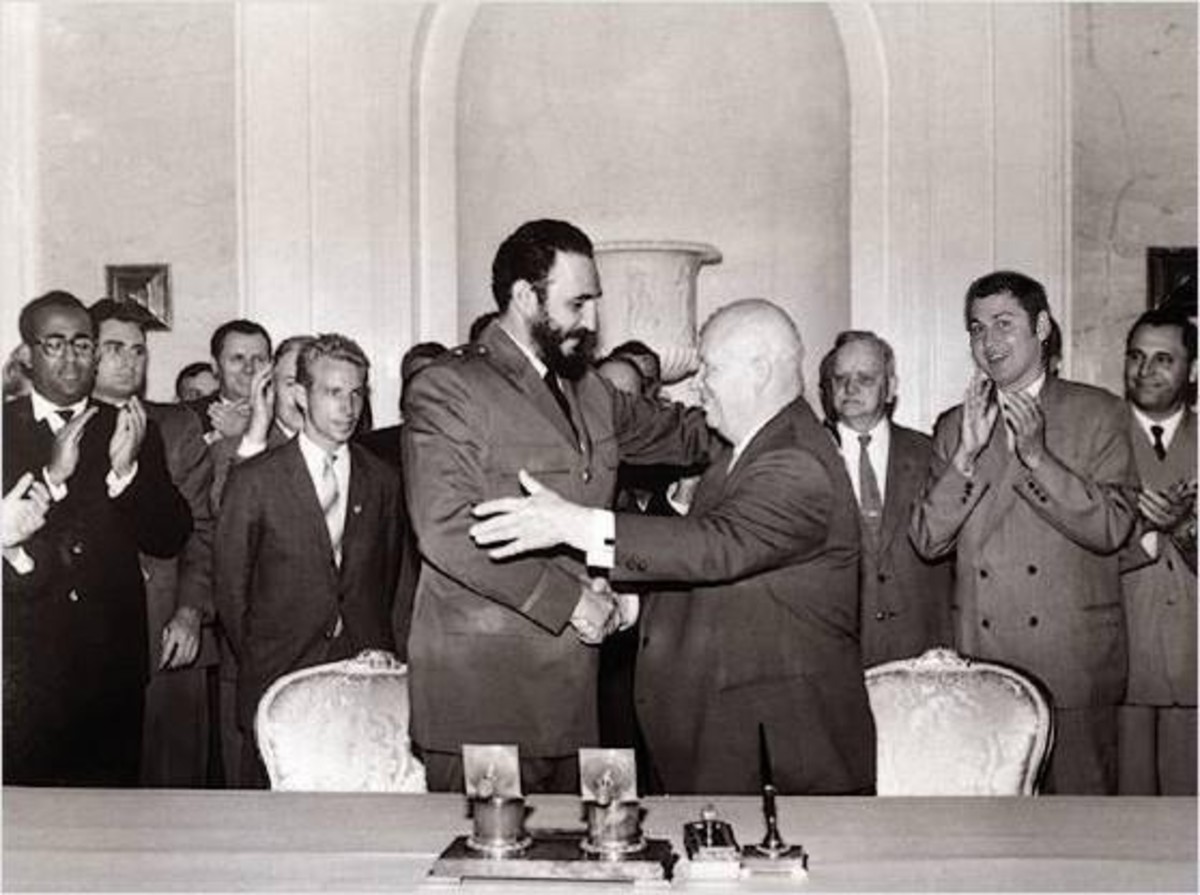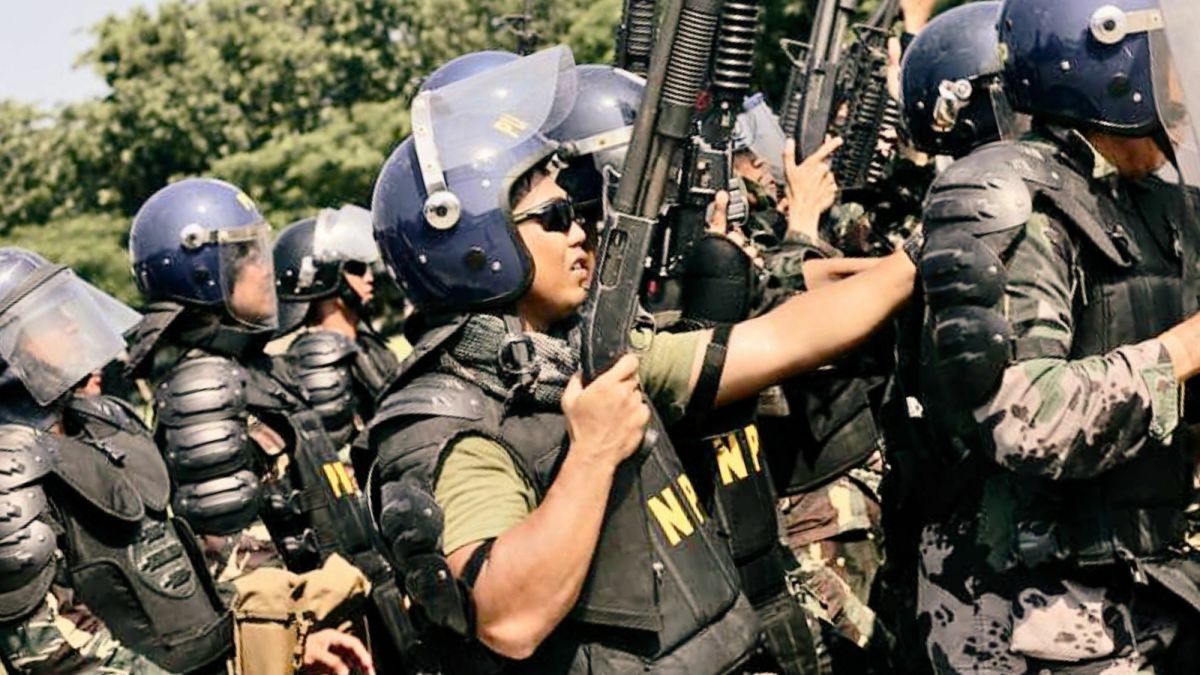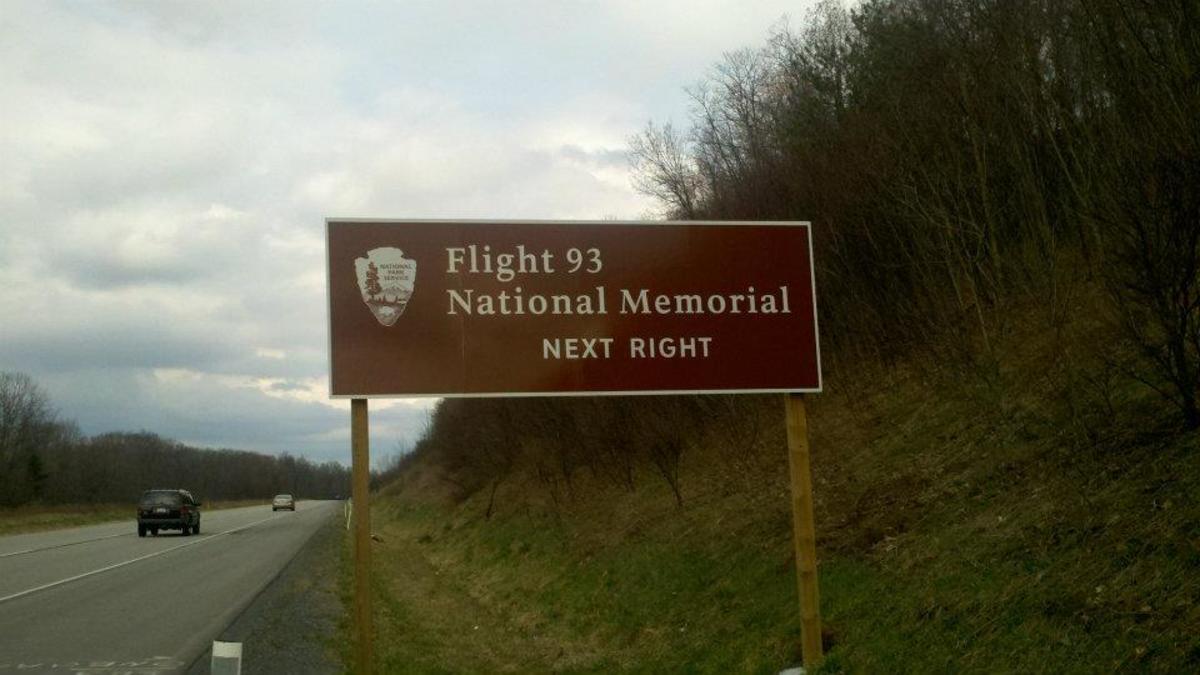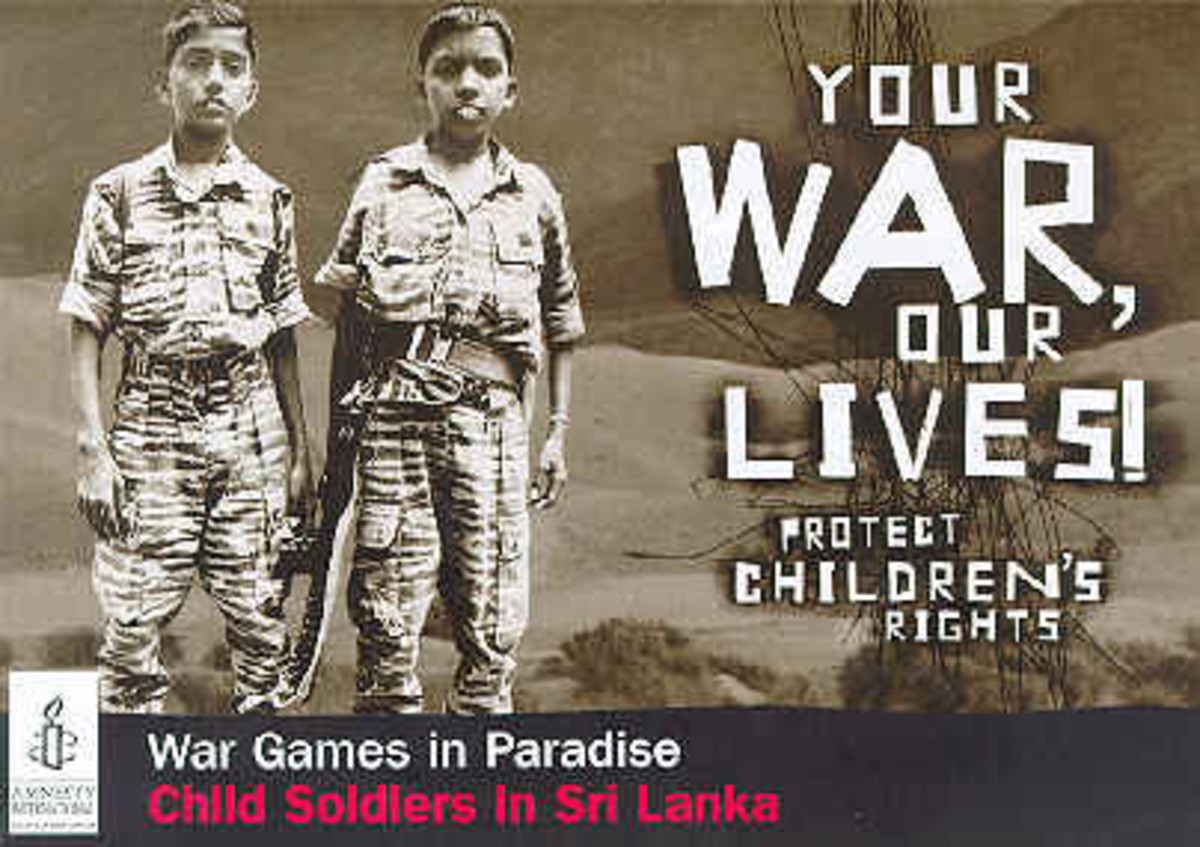Rome and Vienna Airport Terrorist Attacks
On 27 December 1985, the media world was buzzing with two sets of news. Tragedy had struck at Rome and Vienna airports. Within minutes of each other, both airports were simultaneously attacked by terrorists. The pre-planned attacks claimed 19 lives in total and injured almost 150 people. While the attacks definitely came as a surprise, the aftermath of the attacks had most airports tightening security and thorough checks that are now present in most airports throughout the world, especially the busier ones, are in direct effect of the attacks that happened in Rome and Vienna on the ill-fated day.
Osama Bin laden

The first attack on 27 December came early in the morning at 8:15am at the ticketing counter of Israel’s National Airline, El Al at Leonardo da Vinci-Fiumicino Airport in Rome, Italy. The ticketing counter, which was full of people since it just opened for the morning, was caught completely off-guard when four gunmen took out Kalashnikov rifles and opened fire at passengers queuing for tickets. Matters were made worse when grenades were thrown around the counter, where people dropped to the ground to take cover from the open fire. Almost immediately, Italian police rushed on scene and during a gunfight battle which lasted over five minutes, all four gunmen were shot dead by police on scene. The damage was already done, however, as the terrorists at the Rome airport took 16 lives and wounded a hundred others.
Minutes later, before any warnings could be made to other airports throughout the world, three terrorists stormed the Schwechat Airport in Vienna, Austria and threw grenades towards passengers who were queuing up heading for Tel Aviv. The attack, despite being largely similar with the first attack at Rome minutes ago were not as deadly as the first as before the terrorists could open fire with their assault rifles, Austrian police gave chase and the terrorists had to flee the airport. Two passengers died in the second attack, with about 40 injured and one passenger succumbed to grenade injuries several weeks later on January 22. The three terrorists tried to make their escape by car but a successful police interception meant one of them being killed and two surrendering to the police after suffering serious injuries.
Mumbai Terror Attack
From the interviews with the terrorists, it was believed that the terrorists initially planned to hijack aircrafts and run them into Tel Aviv, Israel as a form of retaliation against Israeli forces when they bombed the Palestinian Liberation Organization headquarters in Tunis back in October as part of Operation Wooden Leg. The attacks were first blamed on the Yasser Arafat-led PLO but after Arafat denounced the attacks publicly, Abu Nidal Organization, part of the Fatah Revolutionary Council, the most well known terrorist organization of the time before al-Qaeda, claimed the responsibility of the attack. While most of the global community condemned the terrorist attack as senseless since the attack caused the death of a child, Libya hailed and praised the attacks and was believed to have funded the attack and supplied weapons to the perpetrators.
Since the terrorist attacks on 27 December 1985, airports have stepped up security several fold with many experts believing that airports make the most dangerous targets due to the high number of passengers throughout the day and the ability for terrorists to hijack planes with relative ease if security were not to be tightened enough. This proved to be true as seen in the September 11 2001 attacks almost 20 years after the attacks in Rome and Vienna.


